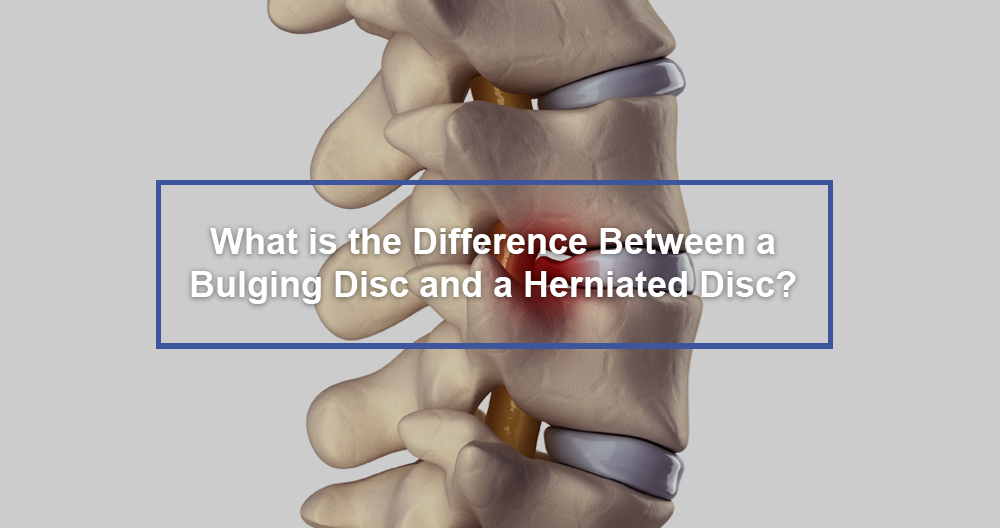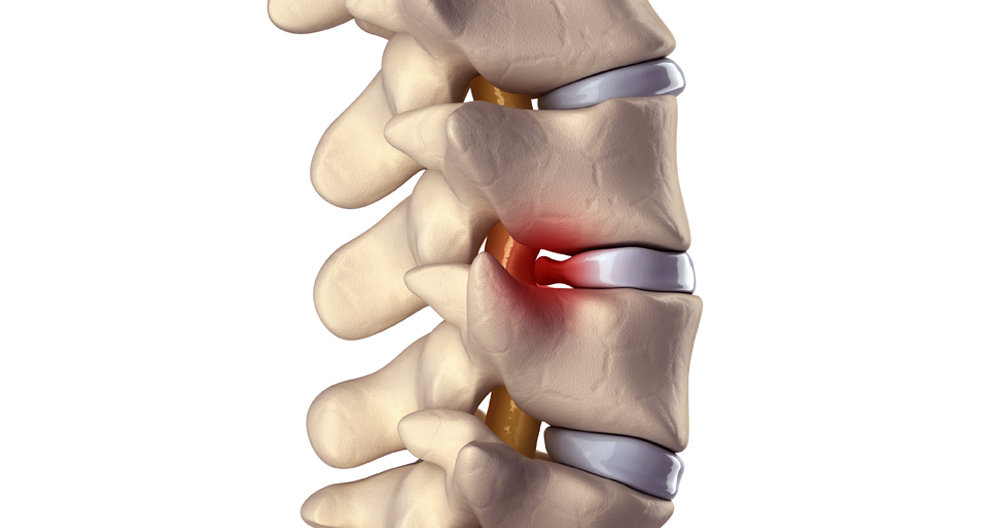
The discs are cushions that sit between your vertebrae. They are composed of an outer layer made of tough cartilage, which surrounds the soft cartilage in their center. They can be compared to miniature jelly doughnuts. They are just the right size for your vertebrae.
Discs can show signs and wear with age. As they age, discs become more brittle and dehydrate. These changes can cause the outermost layer of the disc’s cartilage to bulge out quite evenly. It looks almost like a hamburger that’s too big.
The entire disc circumference can be affected by a bulging disc. However, this is not always the case. The outer layer of tough cartilage only is affected.
A herniated disc is when the tough outer layer of cartilage cracks and allows the soft inner cartilage to protrude. Herniated discs are also known as ruptured or slipped discs. However, the whole disc does NOT rupture or slip. Only the crack in the center is affected.
A herniated disc is more likely than a bulging disc to cause pain as it can protrude further and is more likely to irritate the nerve roots. A herniated disc can cause nerve irritation through compression or, more common, painful inflammation.
A herniated disc may not be the reason for your back pain if an imaging test shows that it is. Many people don’t feel any back pain after having MRIs that show herniated discs.
Symptoms: Herniated Disc vs. Bulging disc
If a disc ruptures, it can cause irritation to nearby spinal nerves and/or even compression. These conditions are responsible for disc pathology patients’ pain and discomfort. There are differences in symptoms between a bulging disc and a herniated disc.
Both conditions can lead to back and leg pain, tingling and numbness, as well as loss of range and motion. Herniated discs have more such symptoms. There is a lower chance of nerve irritation and pressure due to the bulging disc.
An MRI can only confirm if a disc bulged or herniated. Even if a herniated or bulging disc is confirmed with an MRI, this may not be the reason for your pain. Many people who have MRIs show evidence of bulging or herniated discs but don’t feel any pain or discomfort. Talking to your doctor and having a physical examination are the best ways for you to assess your spine’s condition.
Causes: Herniated Disc vs. Bulging Disc
The fact that both can be caused by similar causes is what leads to some confusion about the difference between a bulging and a herniated disc. Both can be caused due to poor posture, repetitive spine strain, spinal injury, or the normal wear-and-tear of age. Many herniated discs actually started as bulging discs, which then became worse due to the combination of all the factors. Preventive measures are important. Even if you are trying to prevent an existing condition, your doctor will give you recommendations on steps to take to improve your spine health.


